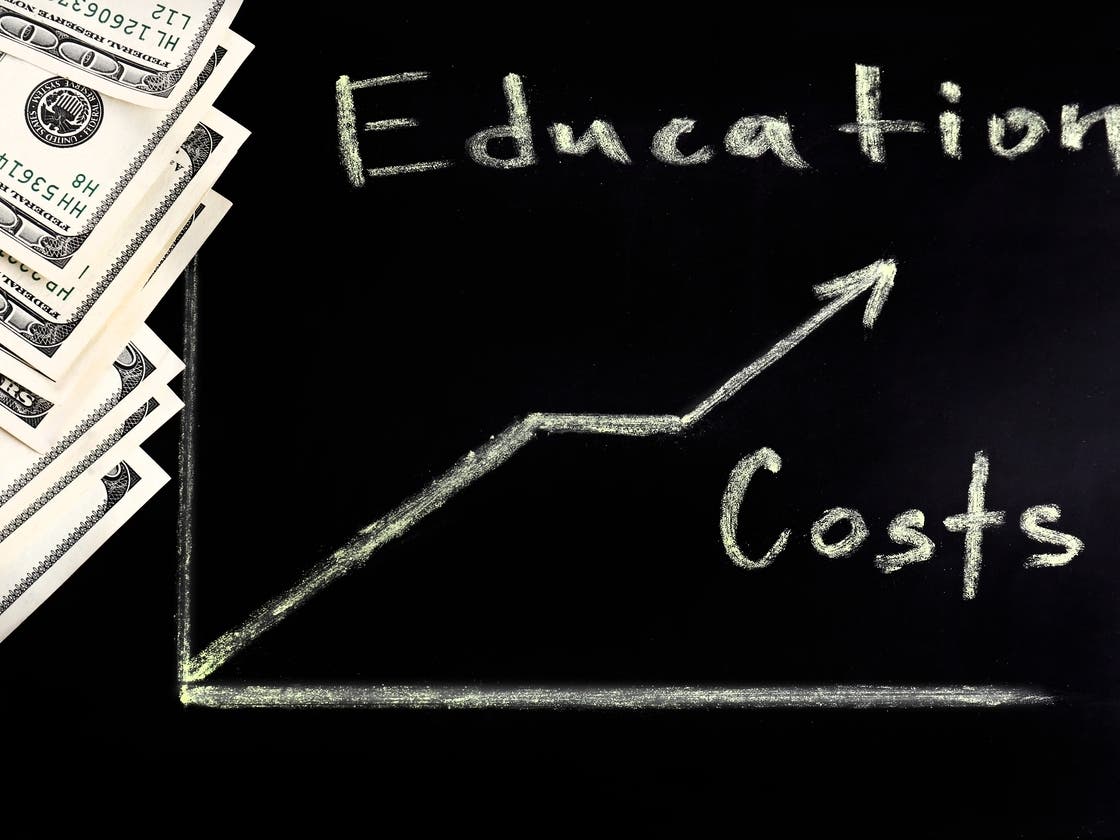Schools
12,000 In RI Sign Up For Biden's New Student Loan Plan, Some To Pay $0
The income-driven plan, which ties monthly payments to how much borrowers earn, could lower monthly payments for about 20 million borrowers.

RHODE ISLAND — More than 4 million people, including 12,000 in Rhode Island, have enrolled in a Biden administration plan to lower monthly student loan repayments in the two weeks it has been in effect, Education Department officials said Tuesday.
The Saving on a Valuable Education plan, or SAVE, offers some of the most lenient terms ever. On this plan, interest won’t continue to accrue as long as borrowers make regular payments. The SAVE plan was developed in response to criticism that other plans allowed interest to pile up.
The income-driven plan, which ties monthly payments to how much borrowers earn, could lower monthly payments for about 20 million borrowers.
Find out what's happening in Narragansett-South Kingstownwith free, real-time updates from Patch.
Announced in 2022, it was mostly overshadowed by President Joe Biden’s broader forgiveness plan that was struck down by the U.S. Supreme Court. The plan is estimated to cost $230 billion over 10 years, according to the Congressional Budget Office. Estimates from researchers at the University of Pennsylvania put the cost at up to $361 billion.
Single borrowers who earn less than about $15 an hour won’t have to make any payments under the plan, which would save them more than $1,000 a year on their payments compared with other income-driven plans, according to the Education Department.
Find out what's happening in Narragansett-South Kingstownwith free, real-time updates from Patch.
Under the SAVE formula, a single borrower with an annual income of $60,000 would pay $227 a month to retire student loans. A family of four with that income would pay nothing. Borrowers who earn $30,000 or less, regardless of the household size, would pay nothing.
Most of the 4 million people who have enrolled so far were transferred from another income-driven plan, REPAYE. Education officials said on a call with reporters Tuesday that 1 million borrowers have applied for the SAVE program since it opened for applications in mid-August.
Here are some things to know:
How Do I Apply For The SAVE Plan?
Use the IDR application to apply for the SAVE Plan. You can select the option for your loan servicer to place you on the lowest monthly payment plan (this will usually be SAVE).
What If I’m Already On An IDR Plan?
First, check to see if you are on the REPAYE Plan. Log in to StudentAid.gov, go to your My Aid page, scroll down, and view your loans. Each loan will list a repayment plan.
If you see that you are enrolled in the REPAYE Plan, you’ll automatically be enrolled in the SAVE Plan. You can now enroll in the SAVE Plan if you’re on a different repayment plan. If you don’t have a StudentAid.gov account, create an account.
What Loans Qualify For SAVE?
Eligible loans for the SAVE Plan include:
- Direct Subsidized Loans,
- Direct Unsubsidized Loans,
- Direct PLUS Loans made to graduate or professional students, and
- Direct Consolidation Loans that did not repay any PLUS loans made to parents.
Loans that must first be consolidated into a Direct Consolidation Loan to be eligible for repayment under the SAVE Plan are:
- Subsidized Federal Stafford Loans (from the FFEL Program),
- Unsubsidized Federal Stafford Loans (from the FFEL Program),
- FFEL PLUS Loans made to graduate or professional students,
- FFEL Consolidation Loans that did not repay any PLUS loans made to parents, and
- Federal Perkins Loans.
Loans that are ineligible for repayment under the SAVE Plan are:
- Direct PLUS Loans made to parents,
- Direct Consolidation Loans that repaid PLUS loans made to parents,
- FFEL PLUS Loans made to parents,
- FFEL Consolidation Loans that repaid PLUS loans made to parents, and
- Any loan that is currently in default.
Have a news tip? Email [email protected].
Get more local news delivered straight to your inbox. Sign up for free Patch newsletters and alerts.